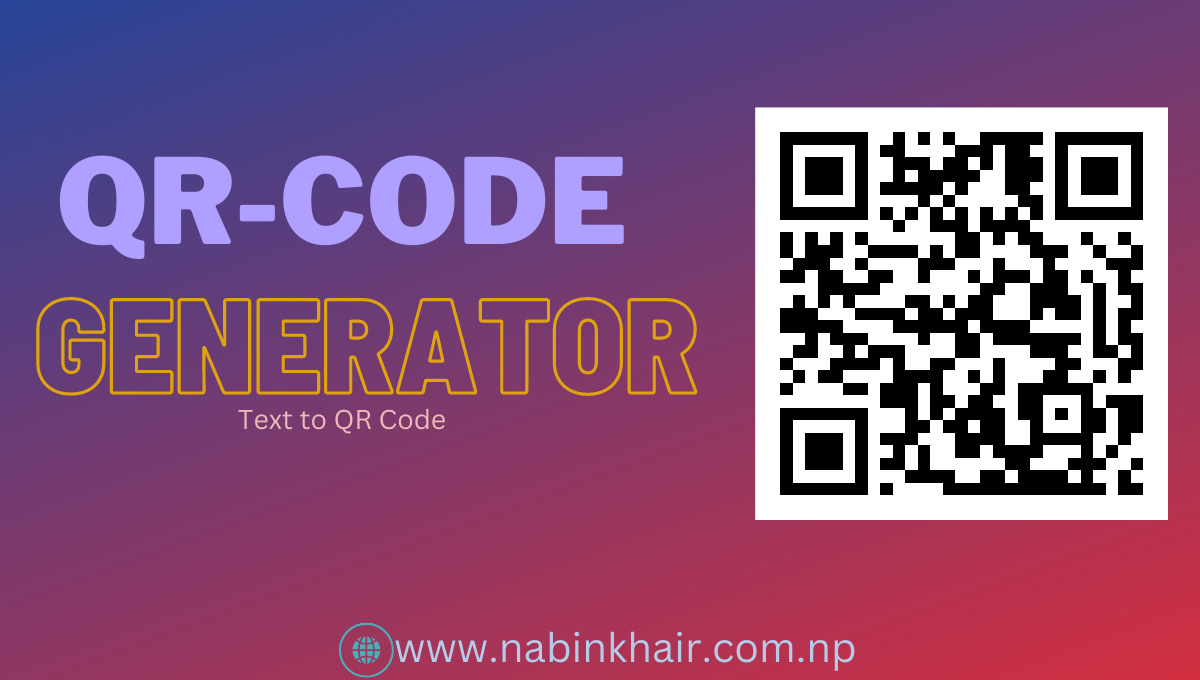
Here's a more detailed description of the QR Code Generator implemented in the code:
- Layout and Styling: The generator is presented as a webpage with a centered layout. The styling is defined within the
- User Interaction: Users interact with the generator by entering text or a link into the provided input field. The "Generate QR" button triggers the QR code generation process when clicked. Upon clicking, the button's text changes to "Generating QR..." and gets disabled temporarily to prevent multiple requests.
- QR Code Generation: The JavaScript code interacts with an external QR code generation API to create the QR code image corresponding to the input text. The generated QR code is then displayed within the designated div id="qr-code container. Status and Interaction Feedback: A status message is displayed in the div id="status" element, providing feedback to the user about the current process. After generating the QR code, the "Generate QR" button's text changes to "QR Generated," indicating the successful generation. A "Generate Another" button appears alongside the generated QR code, allowing users to generate more QR codes.
- Reset and Iteration: Clicking the "Generate Another" button resets the input field, removes the QR code image, changes the "Generate QR" button text back to its initial state, and removes the "Generate Another" button.
- External Resources: The generator leverages the https://api.qrserver.com API to create the QR code images. The QR code image is embedded within an
- Functionality and Purpose: The QR code generator serves as a practical tool for users who want to quickly generate QR codes for specific text or links. It offers a straightforward user interface without requiring users to navigate complex QR code generation software. In summary, the QR code generator is a user-friendly web application that demonstrates the integration of HTML, CSS, and JavaScript to create a tool capable of generating QR codes based on user input. It showcases the dynamic nature of web development by enabling users to interact with the page and receive instant visual results.
styletag, specifying the appearance of various elements like the input field, buttons, and containers.